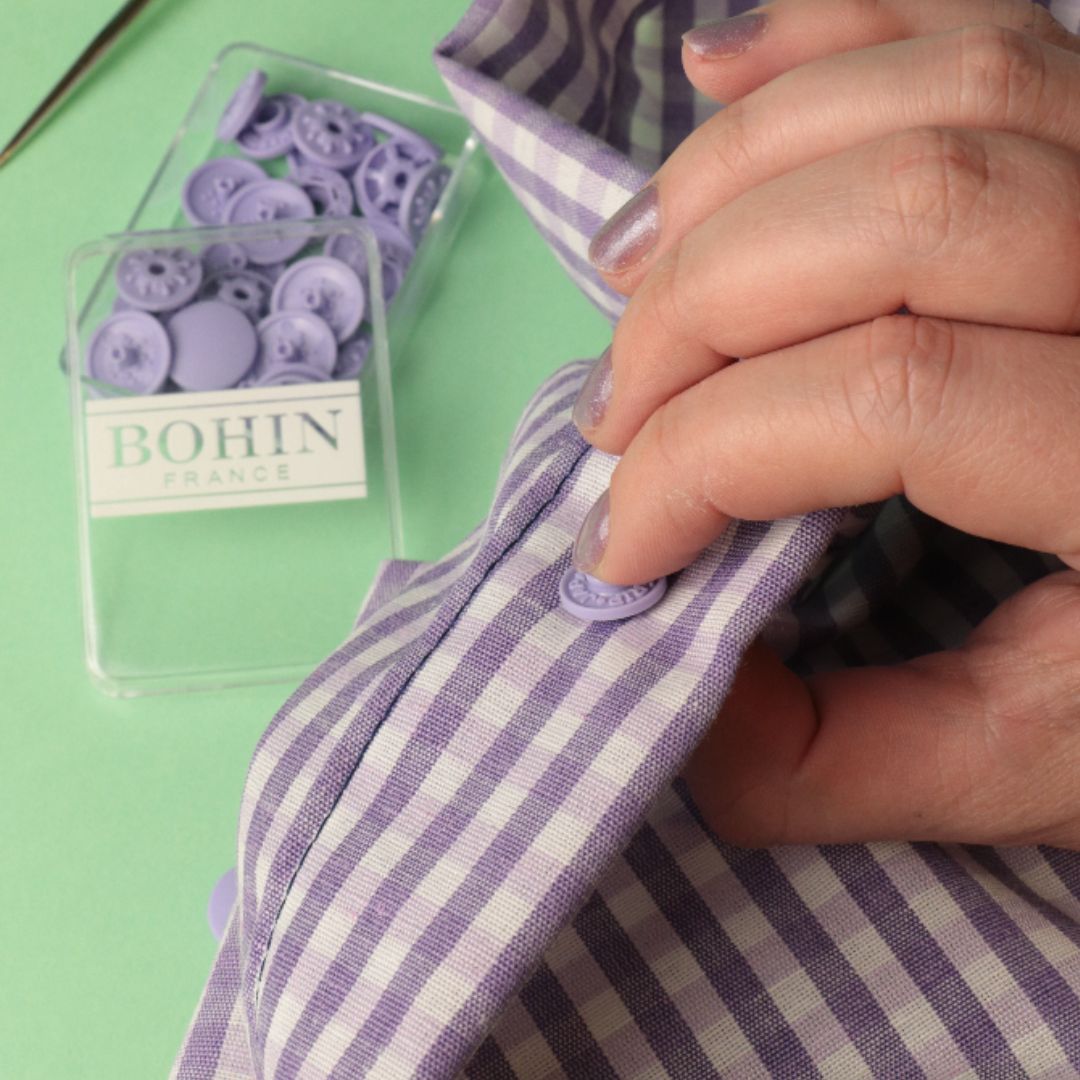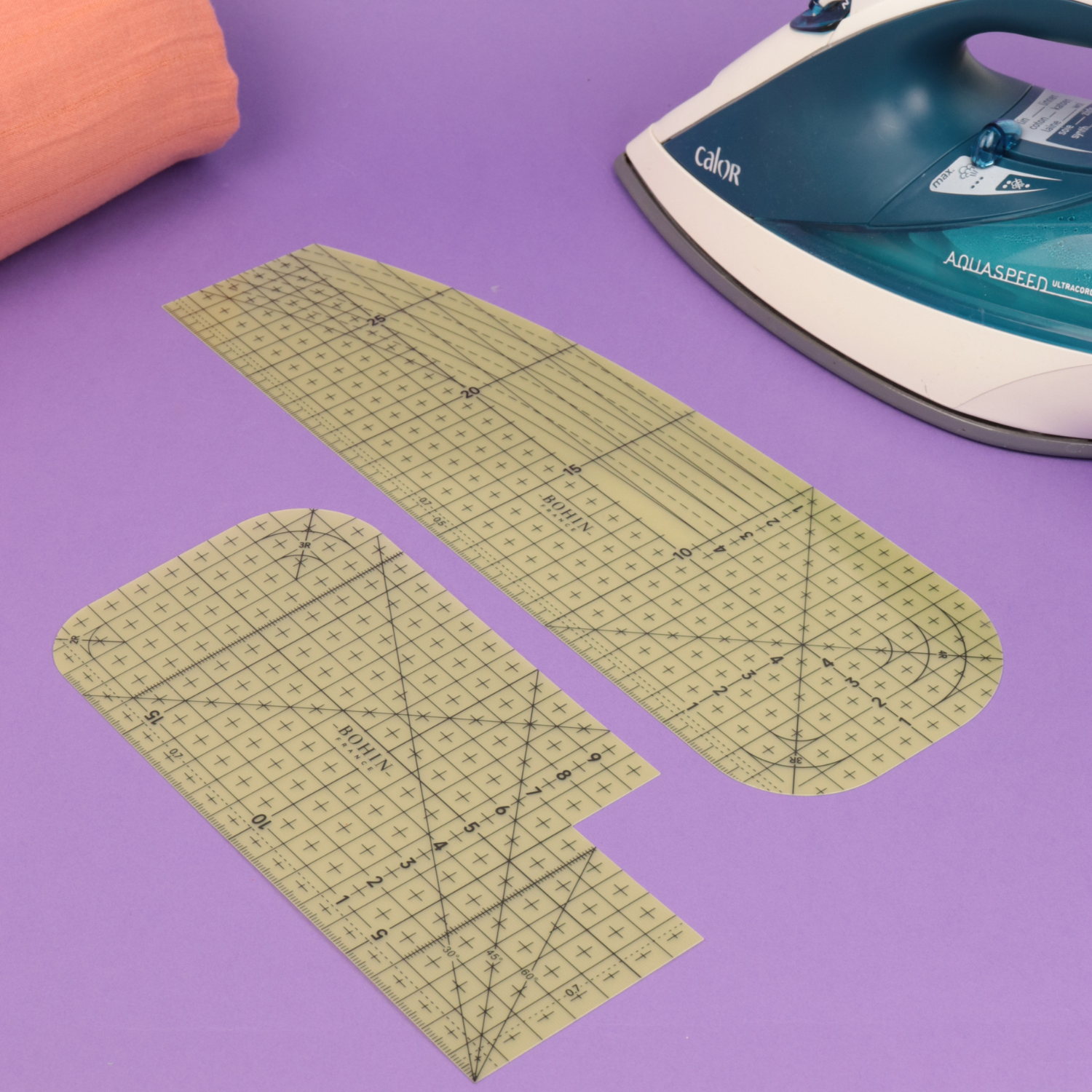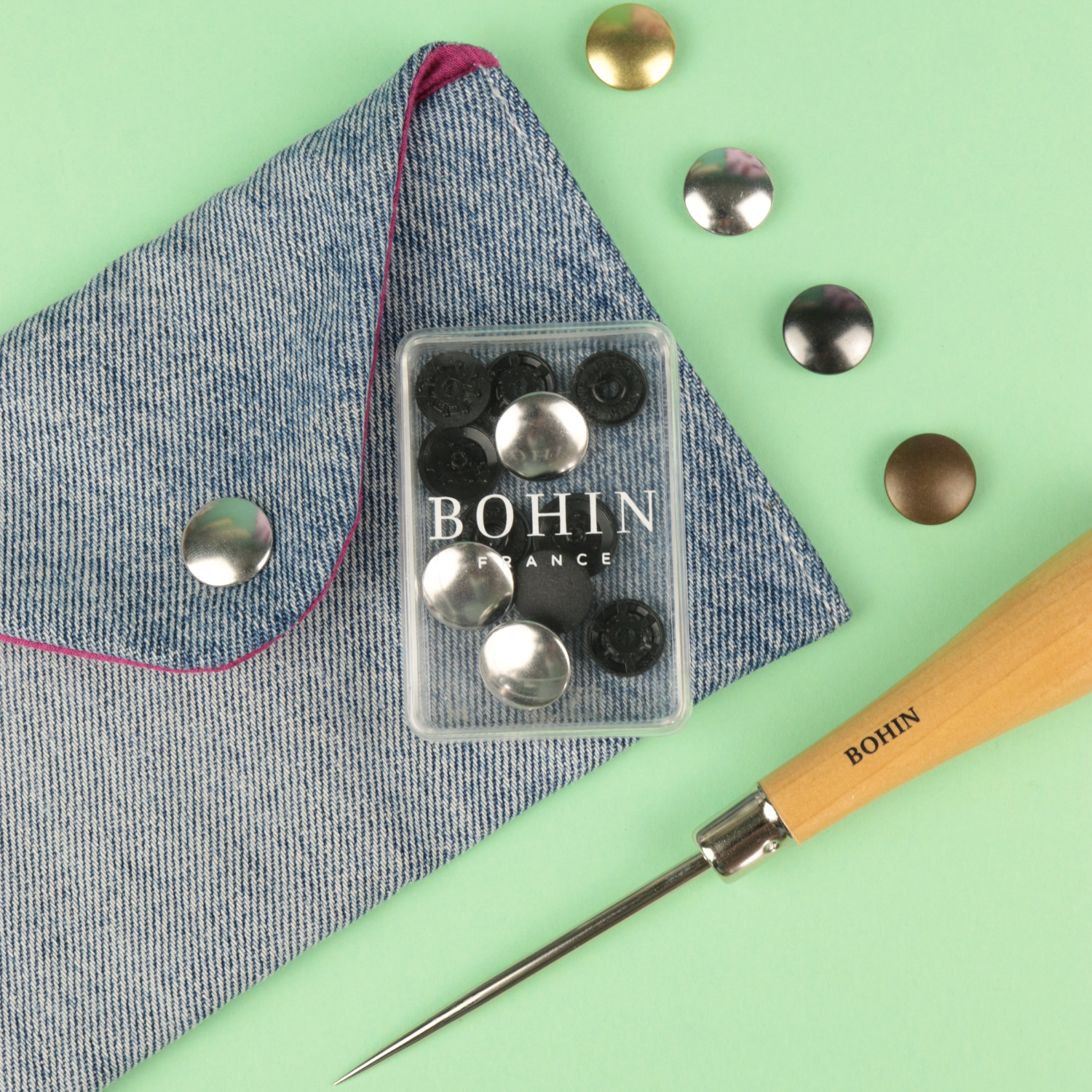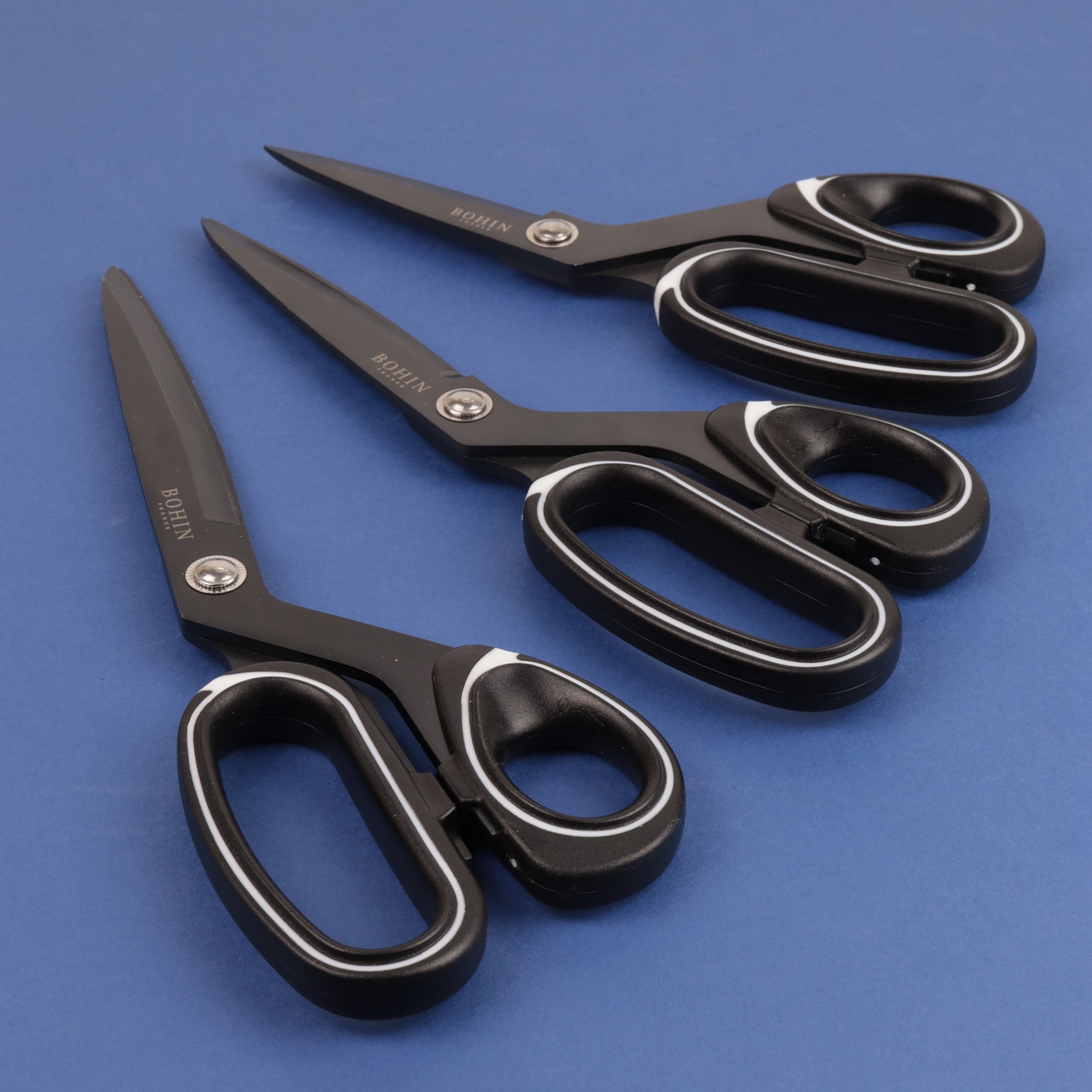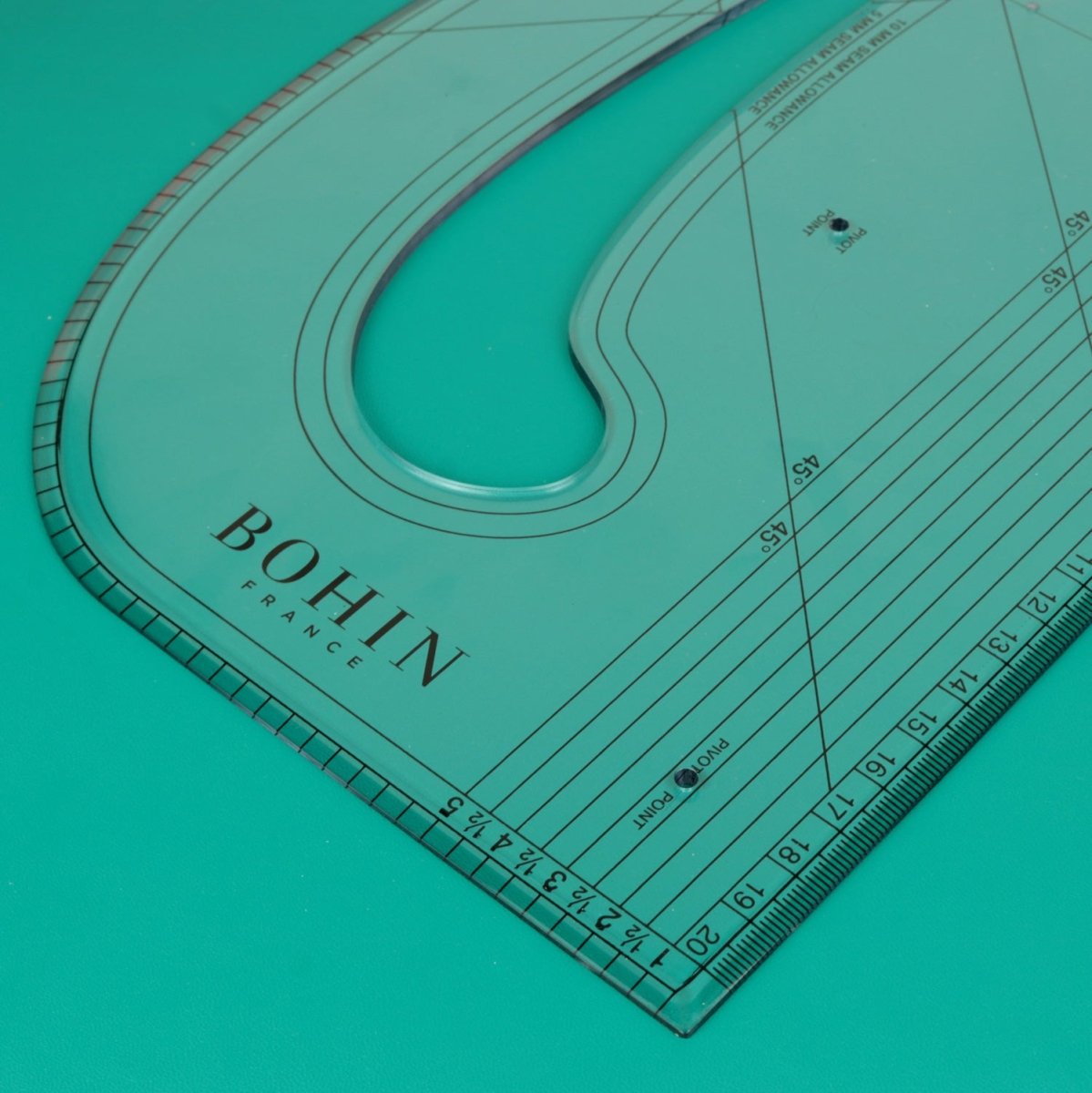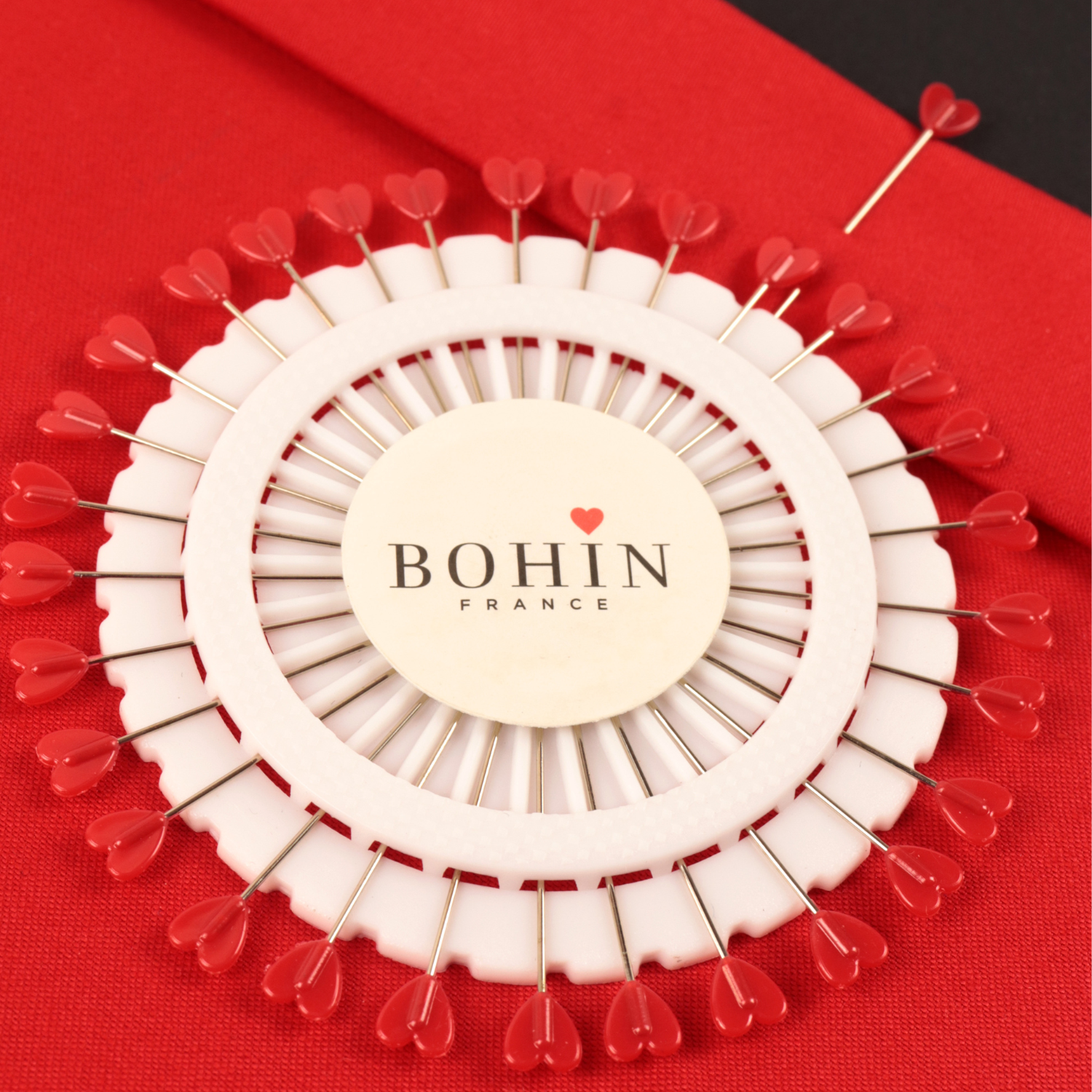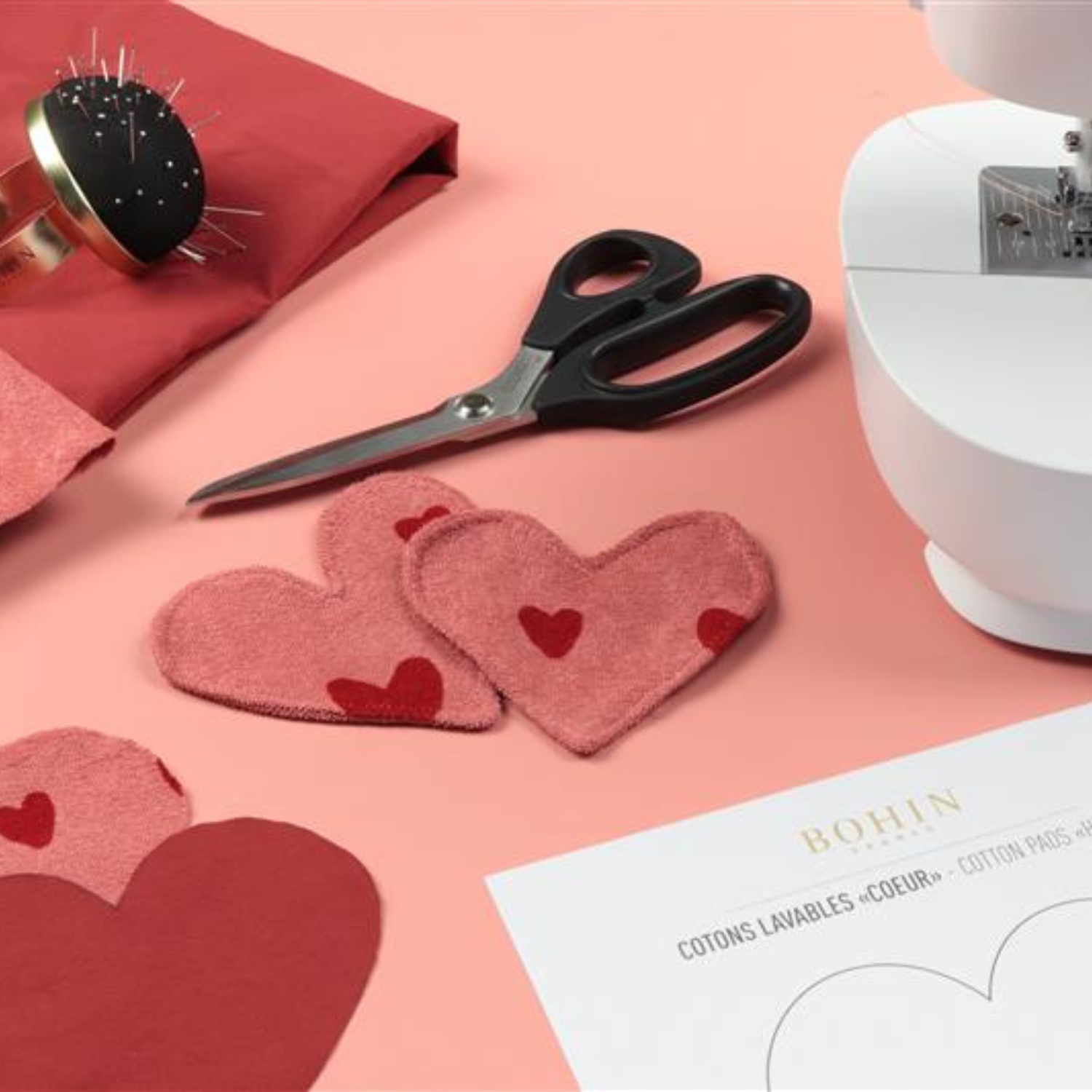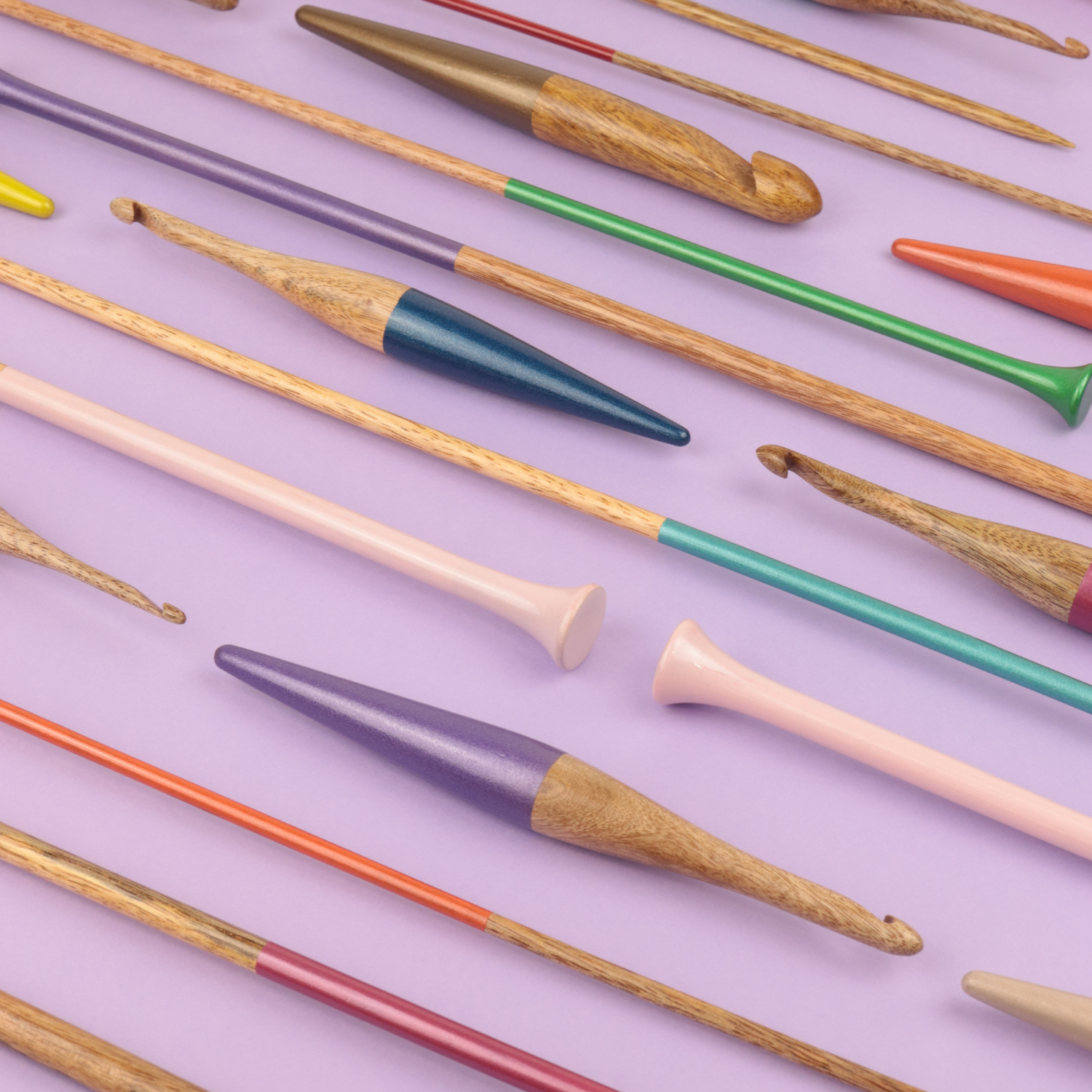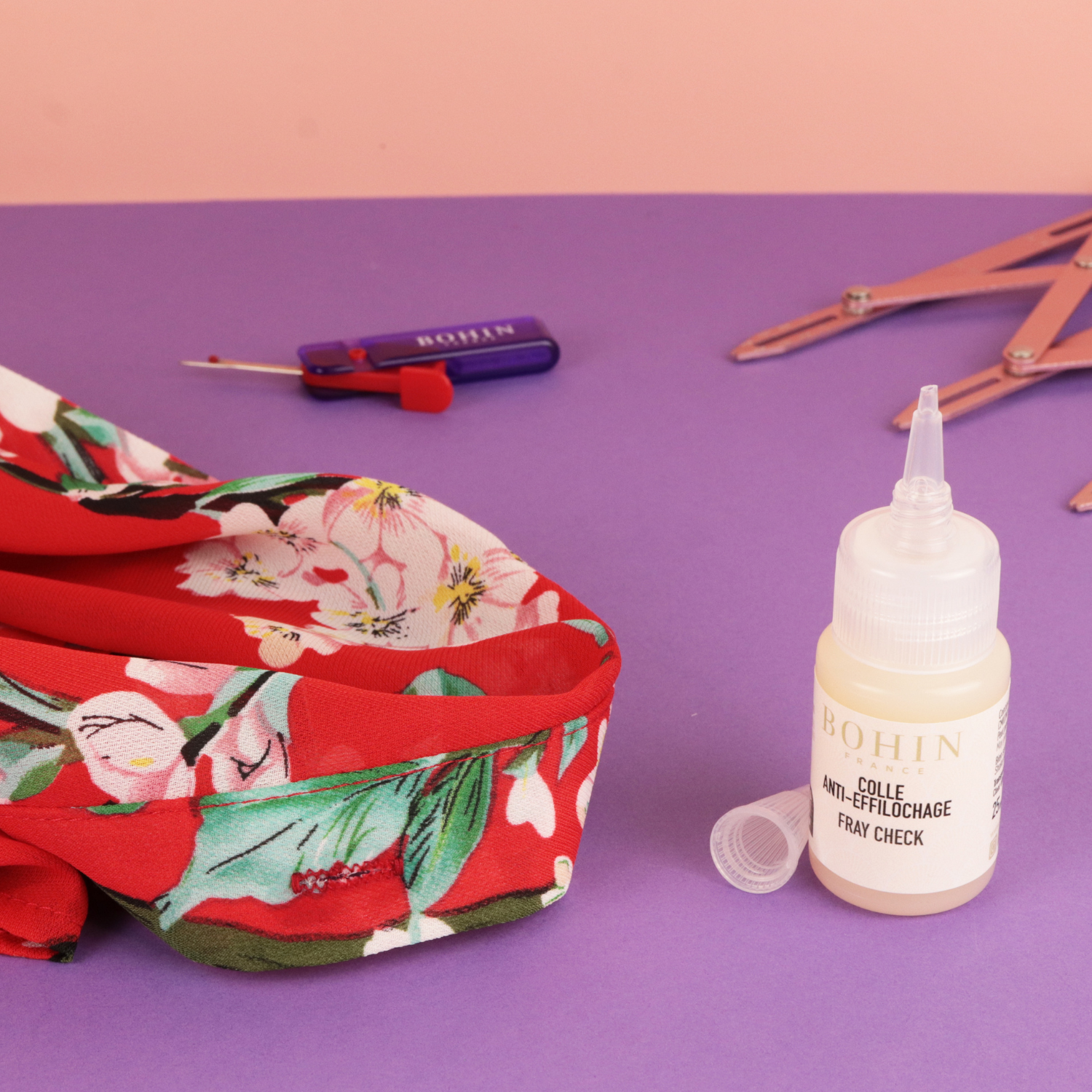
How to prevent fabric from fraying?
When you are starting out in sewing and you want to have sewing projects that last over time: you must prevent the fabric from fraying.
There are several techniques for preserving fabric edges. By taking care to prevent fraying, you can progress in your crafting projects with higher-quality finishes.
Stabilizing frayed fabric with pinking shears
Non-stretch woven fabrics are easy to cut and sew without an overlock machine. However, these fabrics, especially thin ones, fray easily. You can cut with straight-bladed scissors, and sometimes even tear your fabric. Cutting with straight-bladed scissors will give you a clean cut at first glance, but it won't necessarily be along the grain. The fabric won't be stable and will fray.
Whether your fabric is stretchy or not, cutting it with pinking shears will stabilize it more permanently than with straight-bladed scissors. However, you will still need to overlock the edges before sewing. Some fabrics can be cut with pinking shears. However, they will fray with repeated washing and wear.
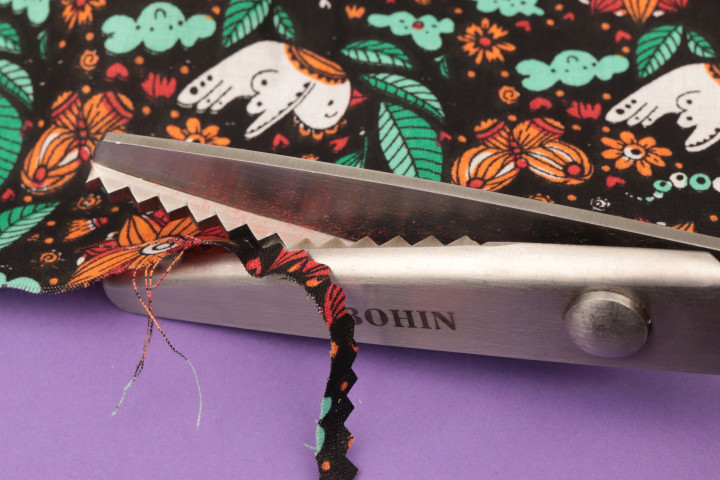
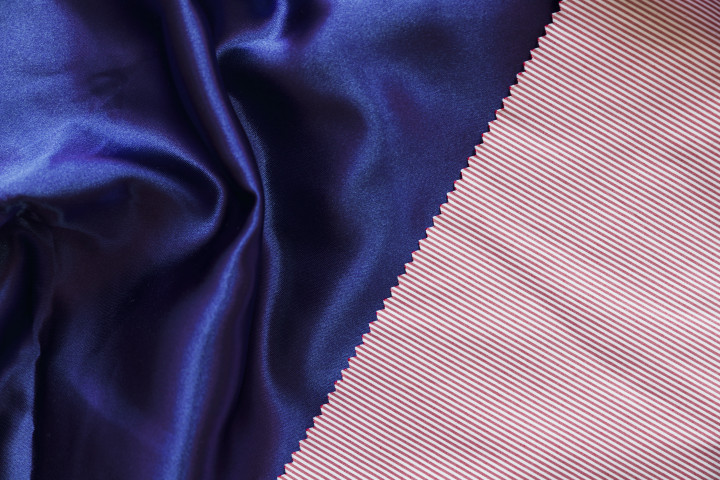
How to overlock a thin fabric without an overlock machine?
You don't need an overlocker, or even an overlock stitch on your sewing machine, to prevent fabric from fraying. With a basic beginner's sewing machine, you can easily create a zigzag stitch, which is a great alternative to an overlock stitch. For fabric that frays moderately, a simple zigzag stitch is sufficient. If your fabric frays a lot, you can use a multi-point zigzag stitch, which is much more durable.
Start by testing on a scrap of fabric. This will allow you to calibrate your stitch and ensure it stays within your seam allowance. The zigzag stitch is worked as close to the edge as possible. If your seam allowance is large enough, you can work your zigzag stitch a little further from the edge and then reduce the seam allowance. You can then use straight blades or pinking shears, which will further prevent fraying of the zigzag stitch.
Once your fabric is cut, select a piece with a single layer of fabric. You will therefore likely need to choose finer needles than for sewing. In the case of the poplin in our demonstration, we use a size 80 needle for sewing. For overlocking, a size 70 needle will be more suitable.
To help you, you can mark your seam allowance. Make a zigzag stitch as close as possible to the raw edge of your fabric. Reduce your seam allowance if necessary, and you're ready to start assembling. 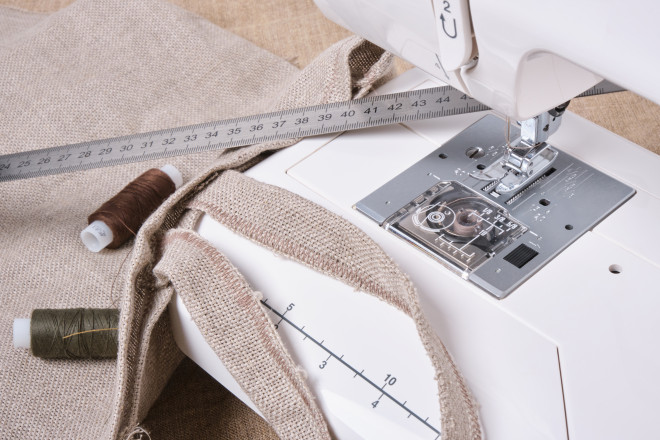
Preventing fabric from fraying without a zigzag stitch
To bind the raw edges of a frayed fabric
If you don't want to overlock or serge your fabric, you can bind the edges. Binding encloses the raw edge of a fabric. This prevents it from rubbing and fraying. It's a technique used particularly for sheer or very thick fabrics. An unlined jacket will have a flawless inside with bound seams.
Prepare your pattern piece, trimming any loose threads from the raw edges. Take a thin bias tape and unfold it. Align one edge of the bias tape with the raw edge of the fabric. Sew a straight stitch along the fold. Fold the bias tape over the raw edge. Sew over the first stitch. The binding is therefore done before assembly.
If you're using ribbon, you can use a bias binding tool to shape it for easier sewing. Alternatively, you can simply iron it to fold it in half. The principle is the same as for applying bias binding. The advantage of binding with ribbon is that it reduces bulk. Therefore, binding with ribbon is a way to prevent fraying of thick fabrics.
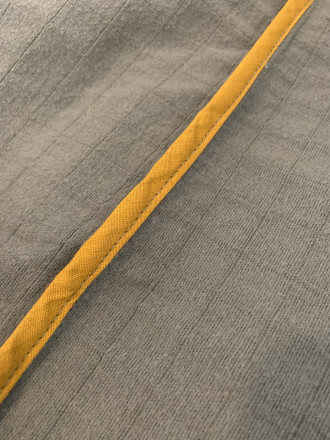
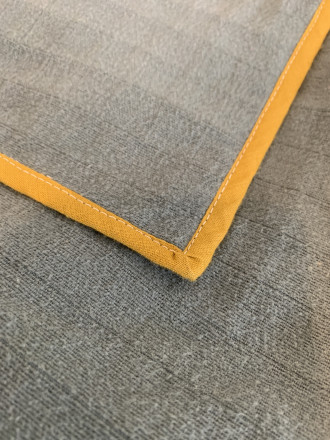
English seams, anti-fraying at the assembly
This technique allows the seams to be enclosed. However, it requires enlarging the seam allowances.
Begin your seams with the wrong sides together. Pin your seam and pass the presser foot under the fabric for a first straight stitch. You can shift the needle position to the right to further reduce your seam allowance on this first pass. Press your seam and fold both seam allowances to the same side. Fold your fabric right sides together. You can stabilize your seam with a press. Pin your seam allowance. Check that your seam allowance is not visible between the pins. Stitch your seam with a straight stitch. Press the hem open. Topstitch to secure everything if you wish to make your project reversible.
Your seams look neat. Your assembly is strong. And your garment is reversible, even without a lining.
Simple finishing touches with anti-fraying glue
An even simpler way to prevent the fabric from fraying: glue the edges .
- Clean up the raw edges of any protruding threads with straight-bladed scissors.
- Apply a few drops of BOHIN anti-fraying glue to the edges.
- Wait for it to dry.
The raw edge of your fabric no longer frays!
